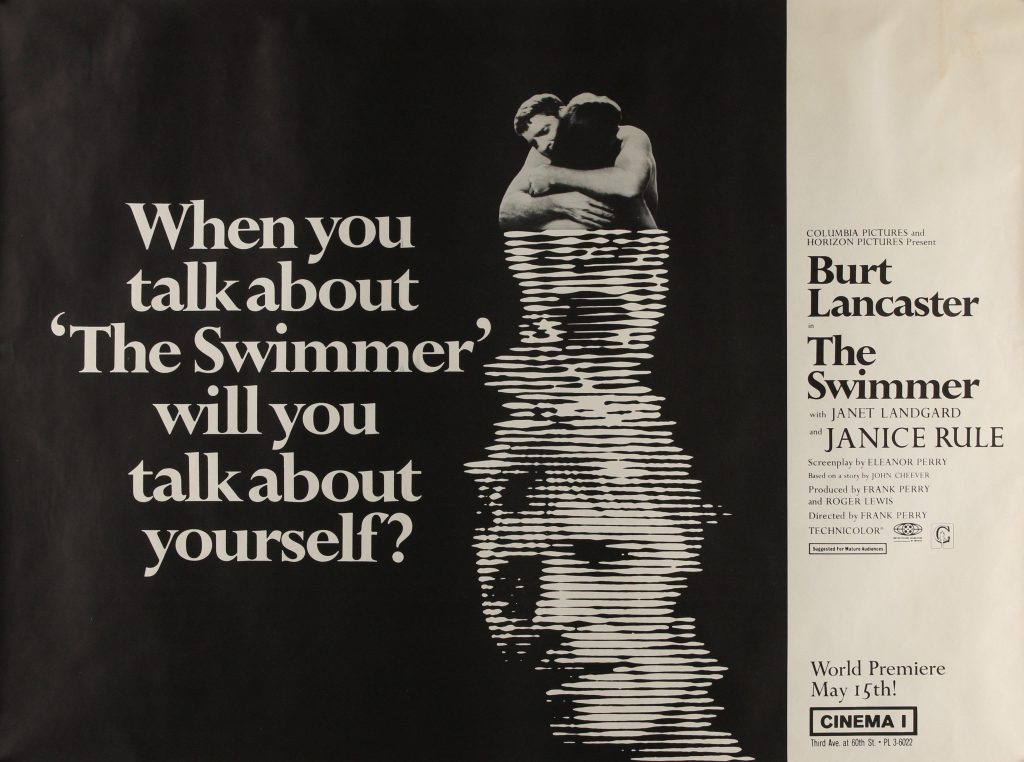Steven Spielberg didn’t actually invent the suburbs, but as cinema’s answer to Norman Rockwell he’s done the most to codify a vision of perpetually sunny, cookie-cutter housing developments and cul-de-sacs as consumerist Edens where the grass is always greener, kids can ride their bikes everywhere, and all your neighbors know each other. So potent is the 1980s Amblin Entertainment aesthetic that shows like Stranger Things are still sucking on the marrow 40 years later, while Spielberg himself has long ago moved on. Heck, he even nuked the ‘burbs in the one great scene of 2008’s Indiana Jones and the Kingdom of the Crystal Skull, incinerating his precious prefab houses and Howdy Doody reruns in a fiery mushroom cloud.
But he’d already done something similar back in 1982, teaming up with The Texas Chain Saw Massacre director Tobe Hooper for the fiendishly entertaining Poltergeist. Before then, haunted house movies typically took place in creaky old manors. Spielberg’s stroke of genius was setting the ghosts loose in contemporary suburbia, invading children’s playrooms cluttered with Rubik’s cubes, Star Wars action figures, and other instantly identifiable signifiers of modern life. Poltergeist was made around the same time Spielberg was shooting E.T. The Extraterrestrial — the two films were released a week apart that summer — and in many ways it can be seen as that humane masterpiece’s sicko B-side. The screenplay gleefully runs down a list of every kid’s not-so-secret fears, from the big old tree out the window casting scary shadows on your bedroom wall to that creepy fucking clown puppet in your room that you never wanted but was a gift from some relative who was obviously never a child.
Spielberg wrote and produced Poltergeist, so his usual preoccupations are all over the place. The film was cut by his longtime editor Michael Kahn, so certain Spielbergian rhythms were inevitable in the clever setups and payoffs. But as popular as it has been over these past 41 years for people to theorize that Spielberg ghost-directed the movie himself, that’s a terrible disservice to Hooper, whose influence I believe allowed Poltergeist to be a little more mysterious and malevolent than its writer might have otherwise tolerated. But then, it really is silly to assign credit in this kind of collaboration. Armchair forensic auteurists like to credit Hooper for that scene in which the paranormal investigator peels his face off, not realizing it’s Spielberg’s hand in the shot.

A good part of the picture’s staying power is the appeal of the Freeling family, especially the parents played by JoBeth Williams and Craig T. Nelson. They’re like the ideal baby boomer dreamboats – she’s a willowy ex-hippie who hasn’t entirely lost touch with her wild side while he’s an endearingly self-deprecating, jock-ish type who found his calling in real estate sales. There’s a wonderful normalcy to an early scene after they’ve put the kids to bed, when Mom rolls a joint and gets a little frisky while Dad’s trying to read a biography of Ronald Reagan. (I’ve long threatened to write a book about Spielberg’s suburban shiska MILFs that loomed so large in my prepubescent imagination. Williams is probably the sexiest of them. She could really wear a baseball jersey.)
Individual set-pieces of Poltergeist have become iconic, whether we’re watching young Carol Ann (Heather O’Rourke) talking to “the TV people” after midnight via a flickering, staticky set, or when her mother brings her back from the beyond via a sloppy supernatural birth canal in the living room. And then there’s that fucking clown. The great Zelda Rubenstein damn near runs away with the whole thing as a very small medium who doesn’t suffer fools gladly, though I would suggest she owes the Freelings a significant refund given how the film plays out.
The reason for these visitations is rather brilliantly visually foreshadowed by the fate of poor Tweety, the Freeling’s pet parakeet who is laid to rest in a cigar box during the opening reel, then rudely disinterred to make way for a new in-ground pool. Poltergeist slyly makes a metaphor out of the literal skeletons beneath 1980s prosperity as exemplified by the Cuesta Verde housing development. This suburban paradise is built atop the country’s original sin, lending this haunted house picture a thematic complexity we wouldn’t see again from Spielberg until he more overtly began interrogating American myths a decade or so later. I mean, there’s a reason the movie begins with the National Anthem.
“Poltergeist” is streaming on Max.



